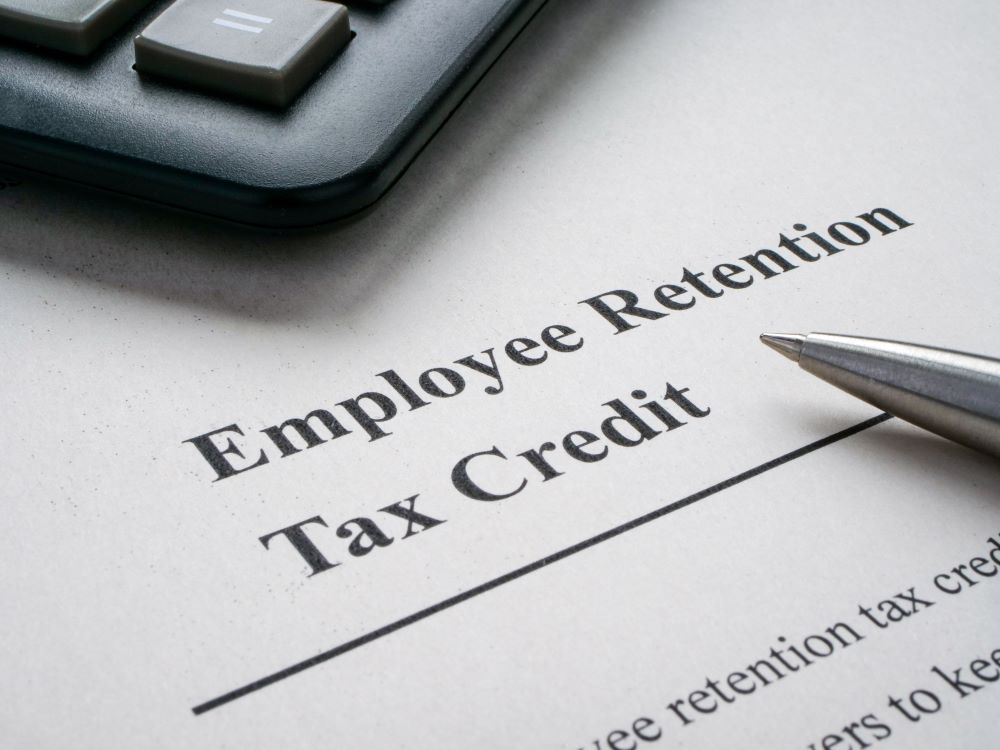IRS Announces Withdrawal Program for ERC Claims

In September, the IRS announced a moratorium on processing new Employee Retention Credit (ERC) claims through at least the end of 2023 amidst concerns about an inundation of improper claims. The IRS has now released the details of a special withdrawal process to help those concerned about the validity of their ERC claims.
Certain employers that filed ERC claims but have not yet received a refund will be allowed to withdraw their claim submissions, avoiding future repayment, interest, and penalties on refunds for which they may ultimately be ineligible for. This option was created to help small businesses that were pressured or mislead by ERC marketers and promotors into filing ineligible claims. The IRS will not levy penalties or interest on withdrawn claims; they will be treated as if they were never filed. However, those who knowingly filed fraudulent claims that are then withdrawn are not exempt from potential criminal investigation.
Who can ask for a withdrawal of an ERC claim?
Employers who meet all of the following criteria can ask for their ERC claims to be withdrawn:
- The claim was made on an adjusted employment return (Forms 941-X, 943-X, 944-X, CT-1X).
- The adjusted return was only filed to claim the ERC, and no other adjustments were made.
- They want to withdraw the entire ERC claim amount.
- The IRS has not yet paid the claim, or, if it has been paid, the check hasn’t been cashed or deposited.
If a taxpayer is not eligible under all of these criteria, they can reduce or eliminate their ERC claim by filing an amended return.
How to withdraw your ERC claim
Here is a brief summary of the claim withdrawal process with specific instructions can be found on the IRS website.
- If the ERC claim was filed by a professional payroll company, first consult with that payroll company, as they may need to submit the withdrawal request.
- If a taxpayer filed the claim themselves, have not received, cashed or deposited a refund check, and have not been notified that their claim is under special audit, they should fax a withdrawal request to the IRS via computer or mobile phone. A special fax line has been established to receive these requests and this will enable the agency to stop processing the claim before a refund is approved. The request can also be made by mail, but it will take longer for the IRS to receive it.
- If an employer’s claim is currently under audit, they can send a withdrawal request to the assigned examiner or respond to the audit notice if there is not an assigned auditor.
- If an employer has received a refund check but has not cashed or deposited it, they can withdraw their claim by mailing the voided check with a withdrawal request, following the instructions on the IRS website.
The IRS will notify the taxpayer by letter whether the withdrawal request was accepted or rejected. Accepted requests may require amendment of the taxpayer’s income tax return. Rejected requests may require follow-up and additional steps to withdraw the ERC claim.
CONTACT US
If you have questions about the information outlined above or need assistance with a tax or accounting issue, Klatzkin can help. For additional information call 609-890-9189 or click here to contact us. We look forward to speaking with you soon.
